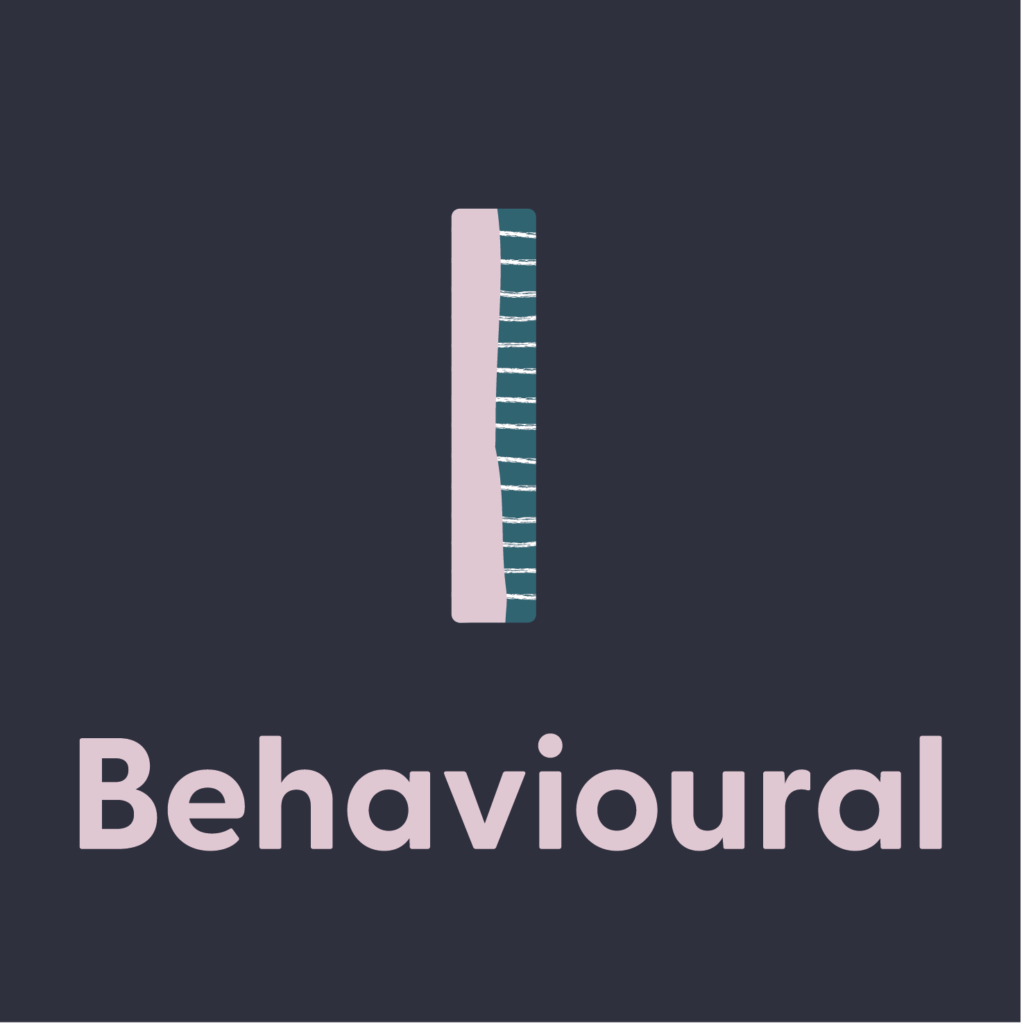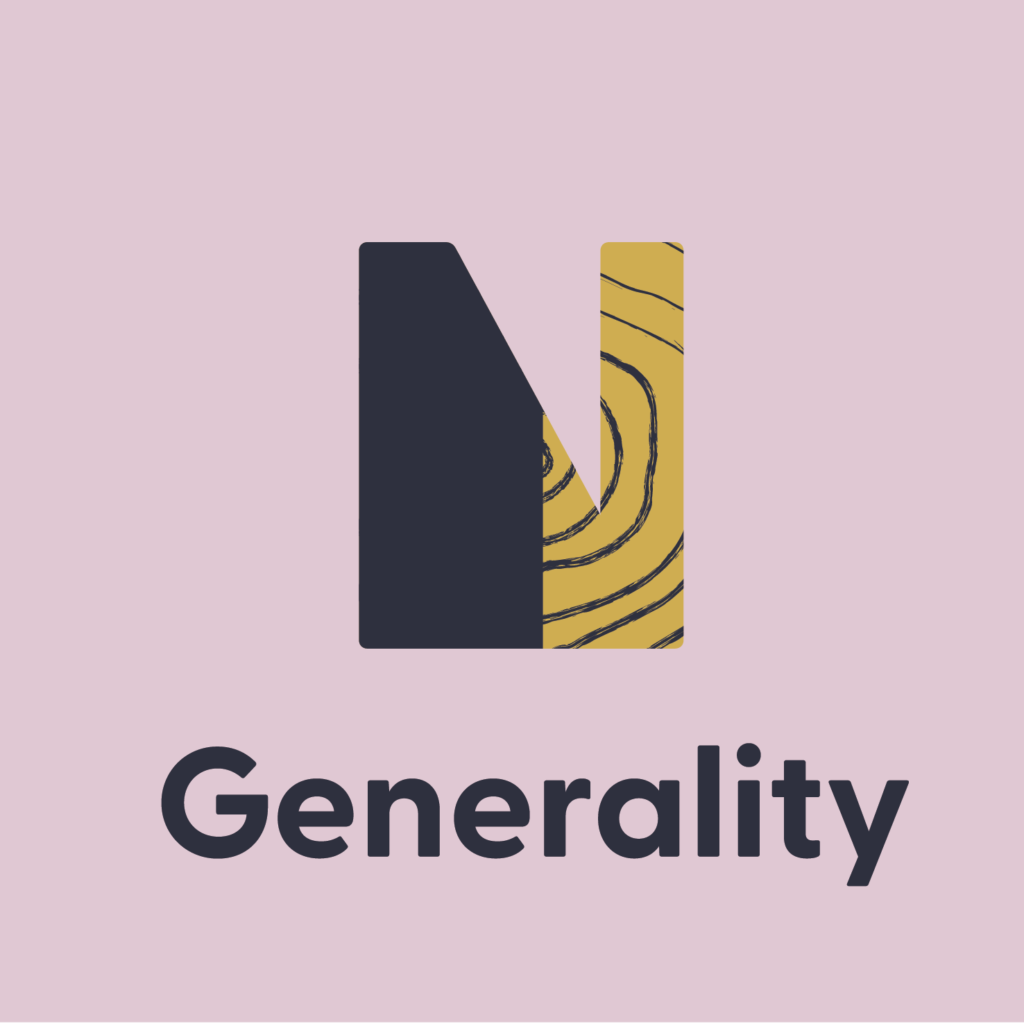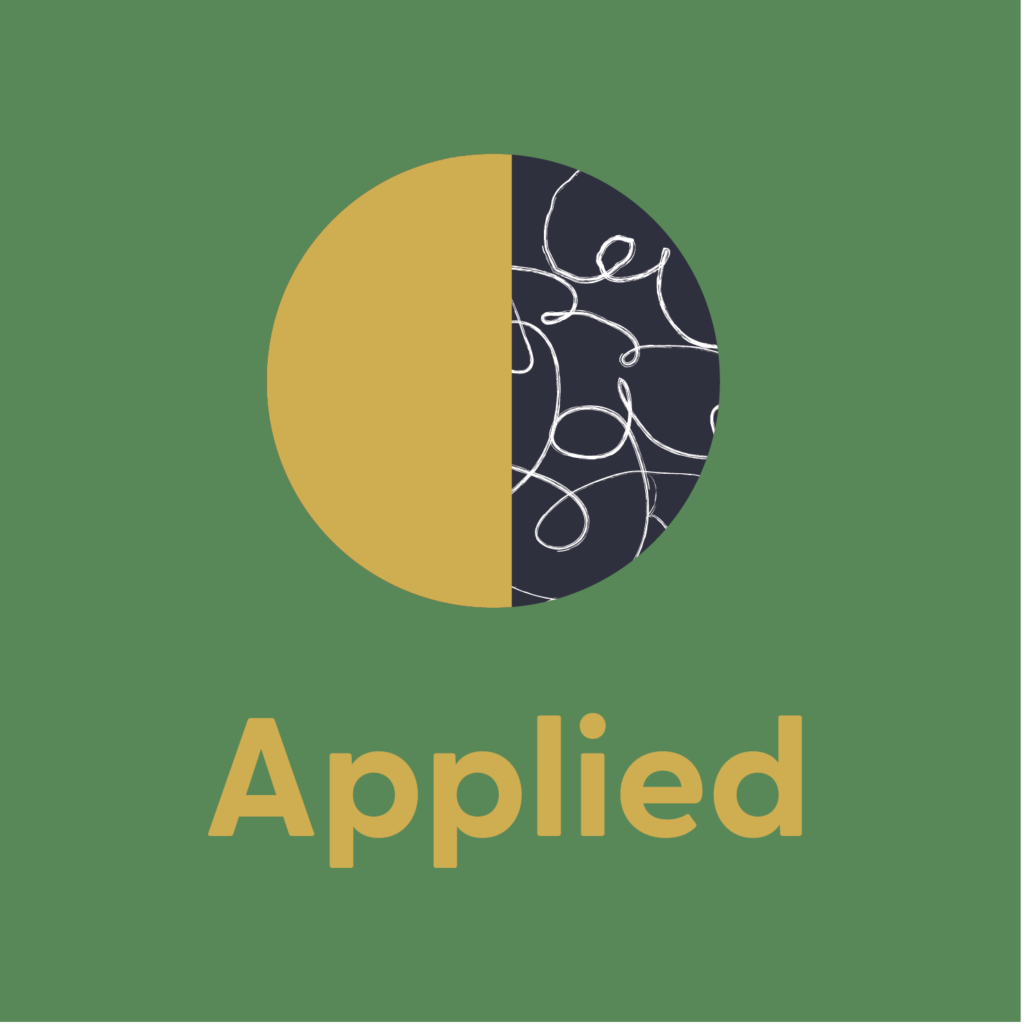Program Supervision for
ABA therapy
Involves the development and supervision of Applied Behavior Analysis (ABA) interventions for children with autism and related developmental disabilities in the Sydney, Australia metropolitan area.

Who do we help?
We work with children and their families of early intervention until primary school age providing therapy across home, kinder, and childcare settings.
What is taught in ABA therapy?
Most of the time, ABA therapy aims to ‘extinguish’ undesirable behaviors by teaching children desirable behaviors that they can do instead. For example, ABA therapy may focus on decreasing tantrums by teaching the child to wait for their turn or request for their wants and needs. Common skills that are taught in ABA therapy include:

What does therapy look like?

The first days of therapy are all fun and play! This is to get your little one comfortable with the new routine and it is a great chance for the therapist to build rapport and get to know to know what they like. Once the relationship is established, we get to work and will slowly put in instructions. We use many methods of teaching but the two main methods our sessions will be split into are Natural Environment Teaching (NET) and Discrete Trial Teaching (DTT).
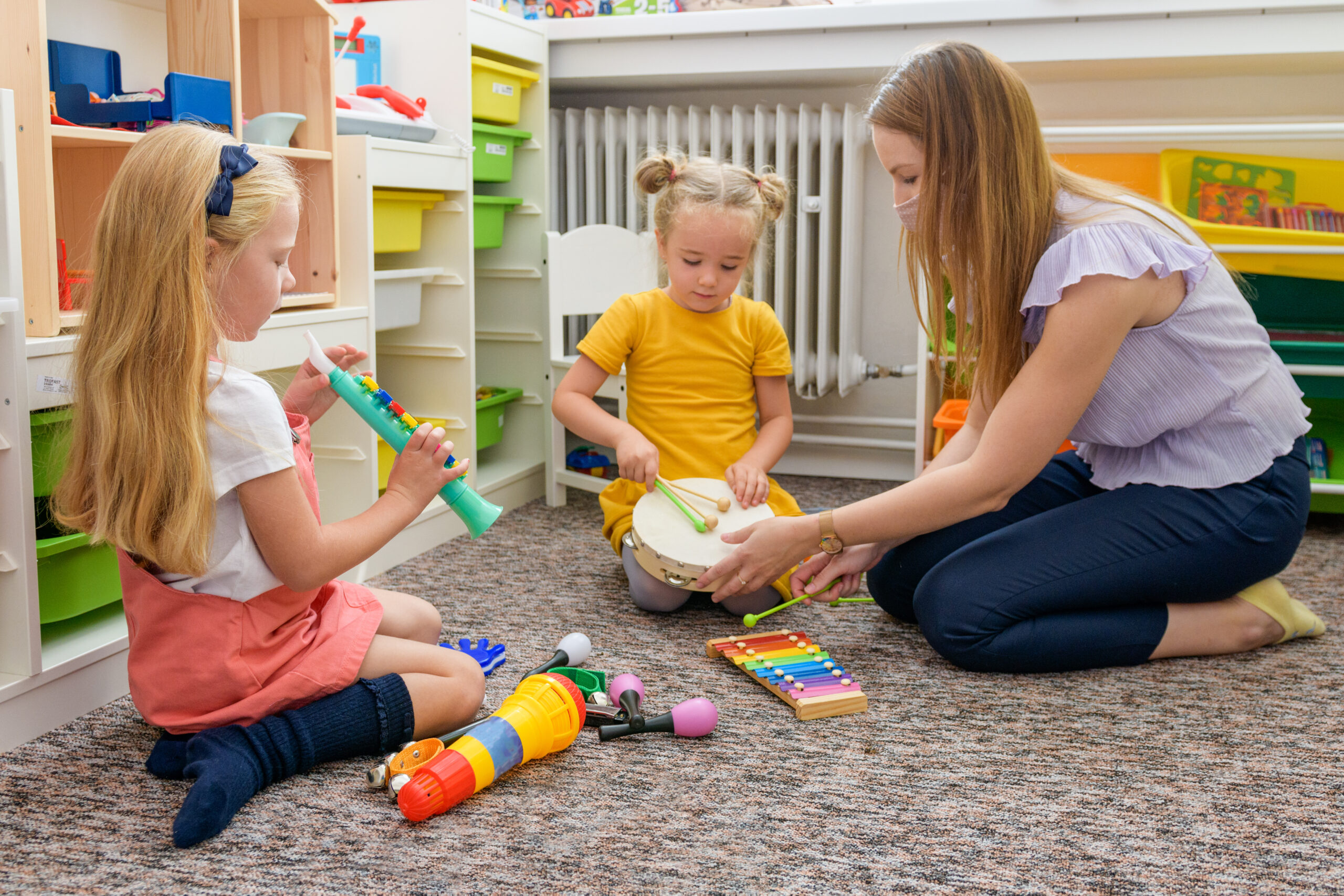
Natural Environment Teaching (NET)
It is a fun, play based approach where the learner does not even notice they are learning! During NET, the therapist plays with the child while practicing important skills such as requesting, answering questions, playing with toys, expanding flexibility (e.g., accepting being told to, transitions between less preferred activities, etc.) etc., along with generalizing those skills learned at the table in a more naturalistic manner.

Discrete Trial Teaching (DTT)
It is a more structured approach where we will work on those important ‘learning to learn’ or ‘attending’ behaviors that are typically required at kindergarten or other educational settings. For example, sitting at the table and following instructions from the teacher. In DTT, learning material is presented in a repetitive, fast-paced manner which may be necessary for the child to learn. Depending on the age of the child, we might not incorporate DTT until they are closer to preschool age.
Once the skills are learned in DTT format, we incorporate them into NET sessions (e.g., play based learning) to ensure your little one is maintaining and generalizing those skills in a naturalistic setting manner.
What do you need?

Contract therapists
Once parents have hired their own therapists, we provide ongoing training to make sure the interventions are effective and your little one is learning!

Parent Committment
Parent involvement is key* to effective interventions. We want your little one to do well not just with us but also with you and your family at home, school, and in all aspects of life. That is what is truly important. I know that life can be busy but we will work together to teach you simple little strategies that can make your day to day life a little easier, and better, while helping your child learn.

Optional: NDIS Funding
“You’re off to great places! Today is your day! Your mountain is waiting so… get on your way!”
– Dr. Seuss
The 7 Dimensions of ABA
The 7 dimensions of ABA are the defining characteristics that guide the practice of behavior analysts in ABA therapy. These include:

